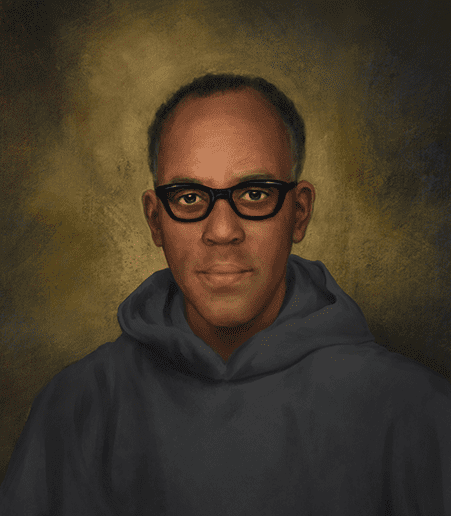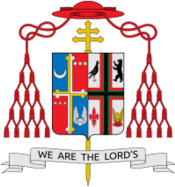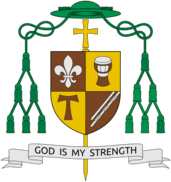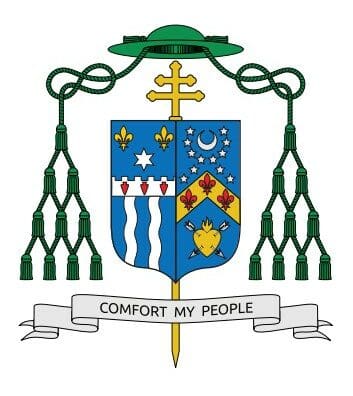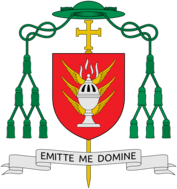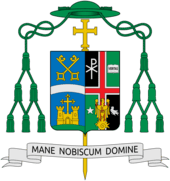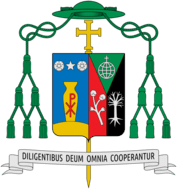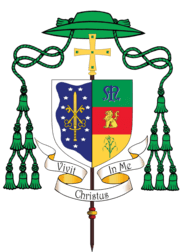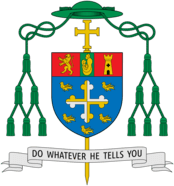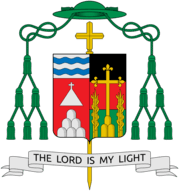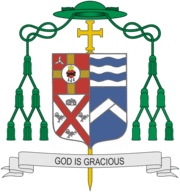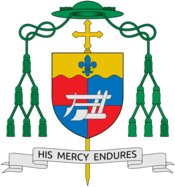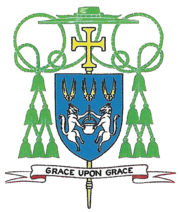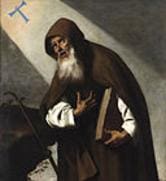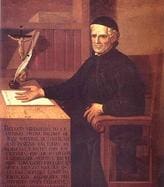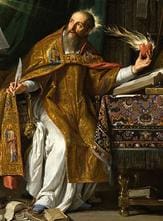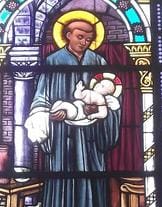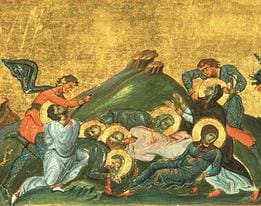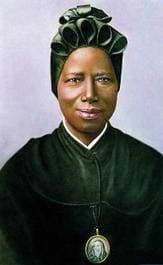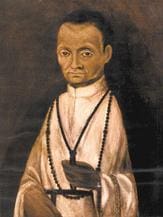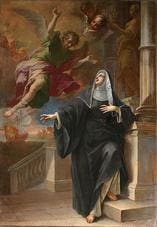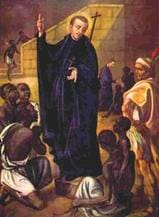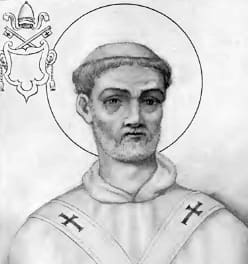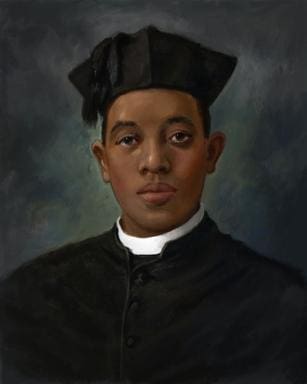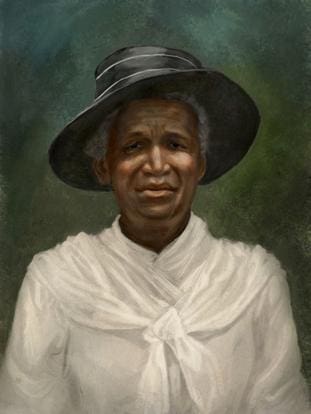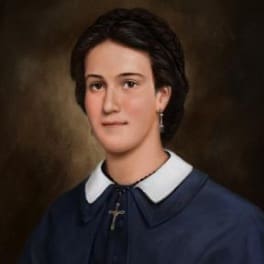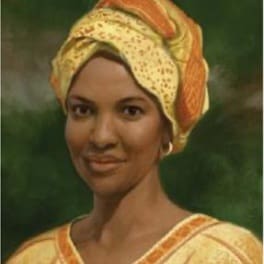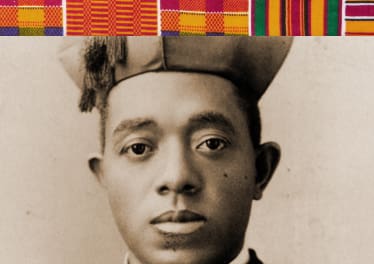
Noteworthy Black Catholics
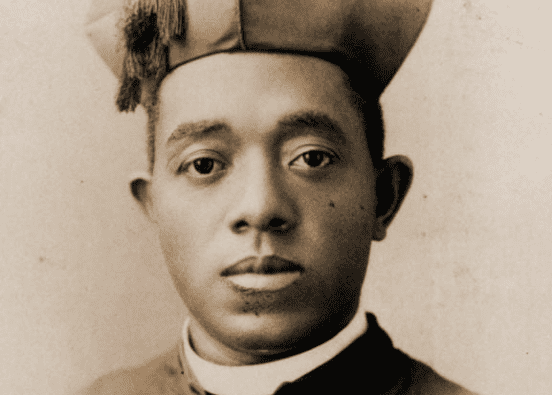
Beacons of our faith
Discover the stories of Black Catholic saints, heroic examples of holiness to the world around them.
Click on each image to learn more about these men and women whose legacy lives on today.
CURRENTLY ACTIVE BISHOPS

Most Reverend Roy Edward Campbell, Jr.
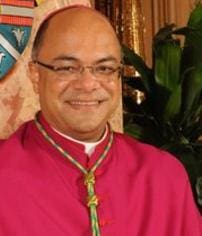
Most Reverend Shelton Fabre
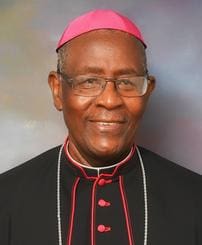
Most Reverend Jerome Feudjio
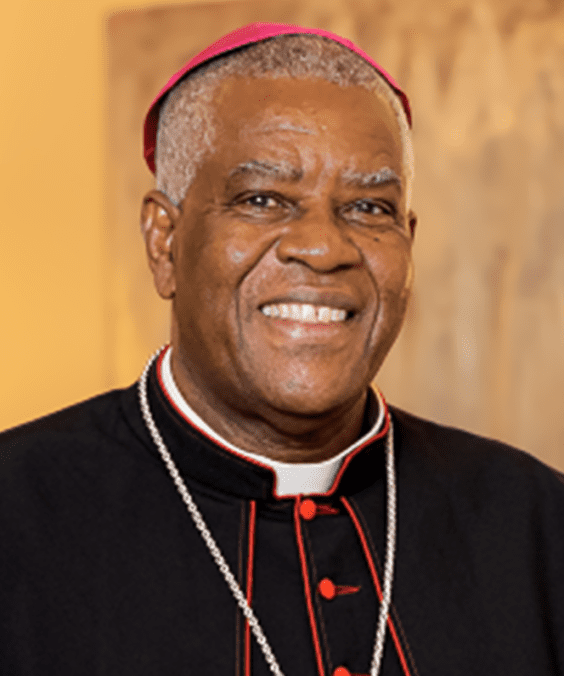
Most Reverend Jacques Fabre-Jeune, CS
Haitian Bishop
RETIRED BISHOPS
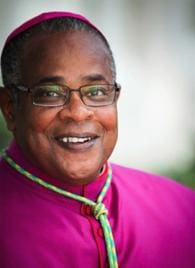
Most Reverend Gordon D. Bennett, SJ
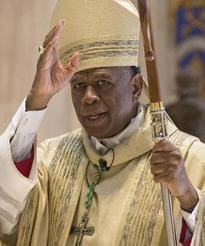
Most Reverend Edward K. Braxton, Ph.D., S.T.D.

His Eminence, Wilton Cardinal Gregory
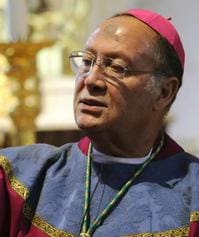
Most Reverend Curtis Guillory, SVD
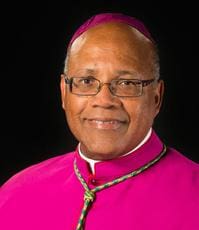
Most Reverend Martin D. Holley
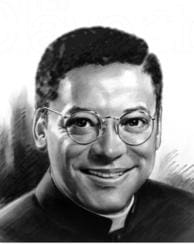
Most Reverend Joseph N. Perry
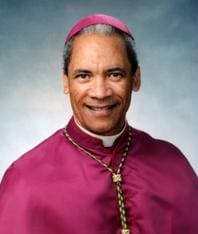
Most Reverend John H. Ricard, SSJ
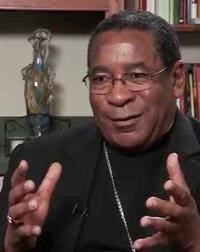
Most Reverend J. Terry Steib, SVD
DECEASED BISHOPS
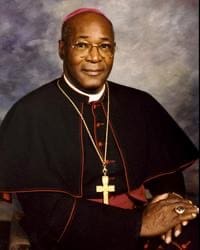
Most Reverend Moses B. Anderson, SSE
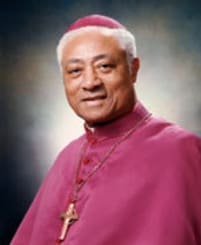
Most Reverend Dominic Carmon, SVD
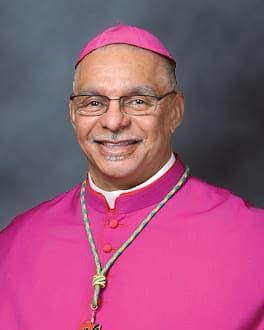
Most Reverend Fernand Cheri III, OFM
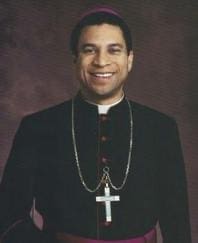
Most Reverend Carl Fisher, SSJ
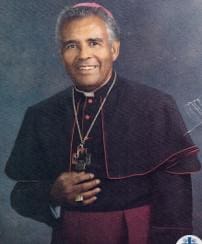
Most Reverend Joseph Francis, SVD
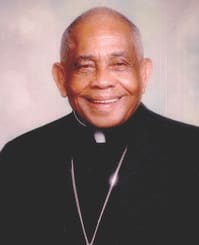
Most Reverend Joseph Howze
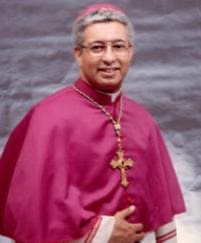
Most Reverend James P. Lyke, OFM
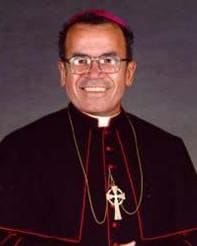
Most Reverend Eugene A. Marino, SSJ
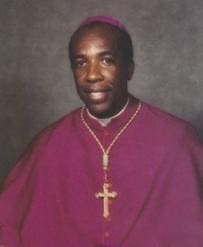
Most Reverend Emerson Moore
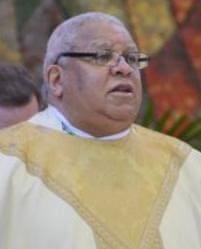
Most Reverend George V. Murry, SJ
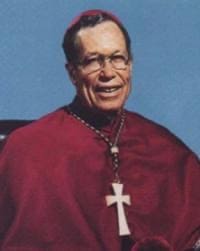
Most Reverend Leonard Olivier , SVD
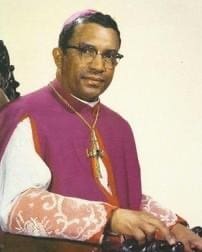
Most Reverend Harold Perry, SVD
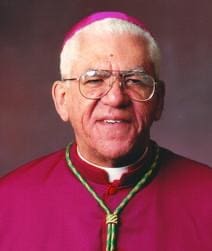
Most Reverend Guy Sansaricq,
Haitian Bishop
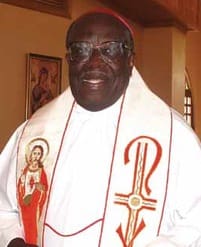
Most Reverend Elliott G. Thomas
BLACK CATHOLICS ON THE CANONIZATION JOURNEY

Servant of God Sister Thea Bowman
Click the image to read about Sister Thea Bowman.
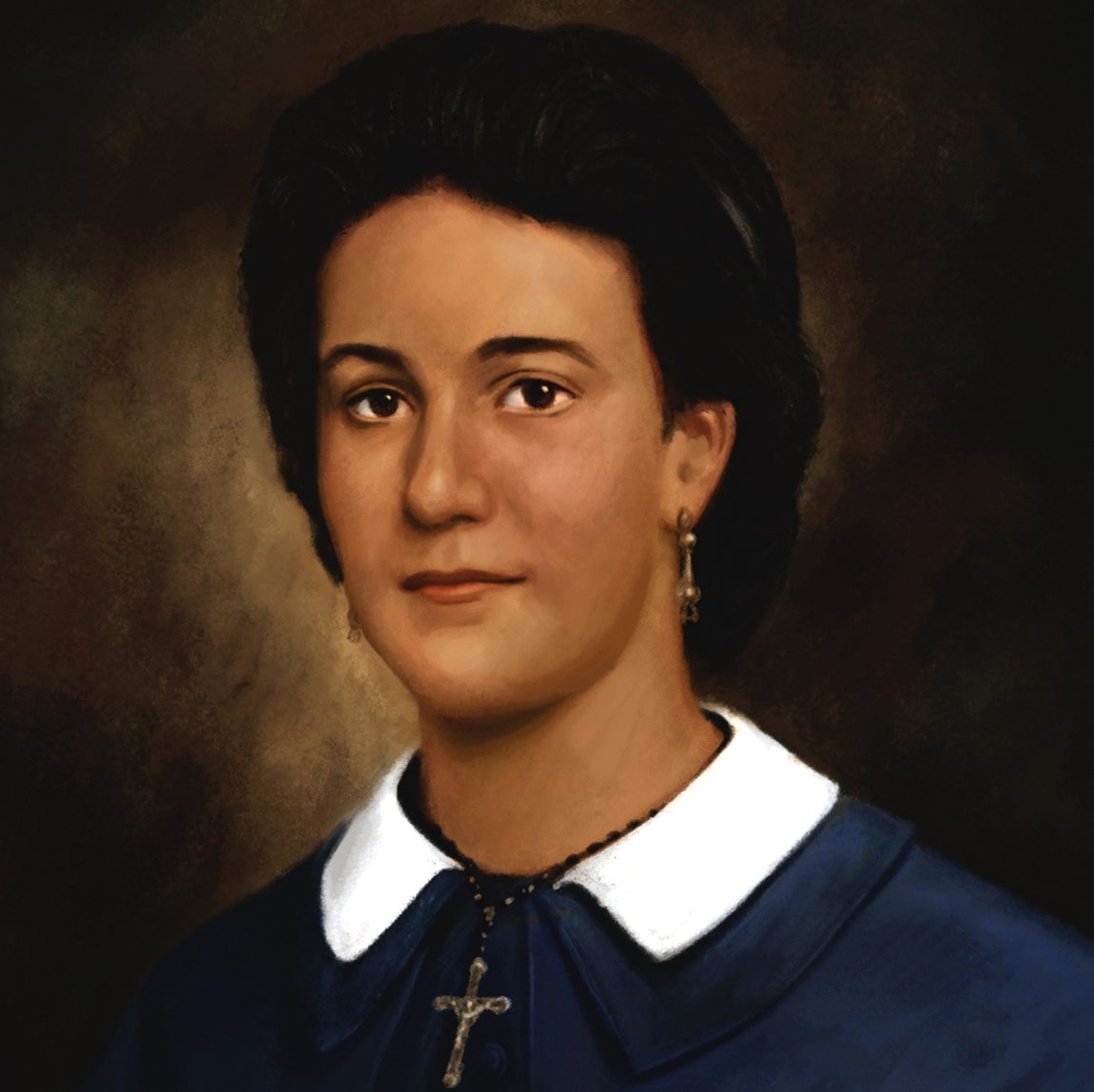
Venerable Henriette Delille
Click the image to read about Mother Henriette Delille.
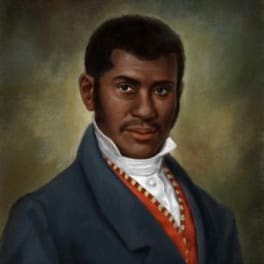
Venerable Pierre Toussaint
Click the image to read about Pierre Toussaint.
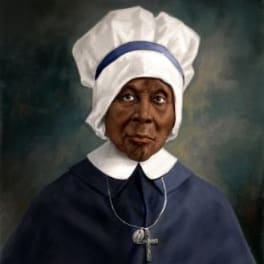
Venerable Mother Mary Lange
Click the image to read about Mother Mary Lange.
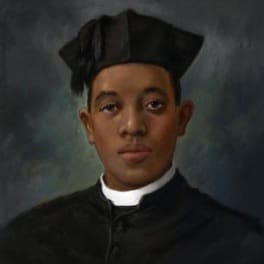
Venerable Father Augustus Tolton
Click the image to read about Fr. Augustus Tolton.
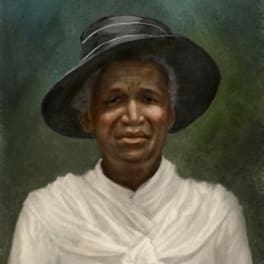
Servant of God Julia Greeley
Click the image to read about Julia Greeley.
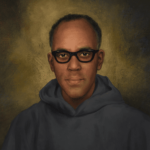
Servant of God Friar Martin de Porres Maria Ward
Click the image to read about Friar Martin de Porres Maria Ward.
BECOMING A SAINT
We are all called to be saints, but what is the process used by the Catholic Church to canonize Holy men and women as saints?
Read about it here.
BLACK AND AFRICAN SAINTS AND MARTYRS
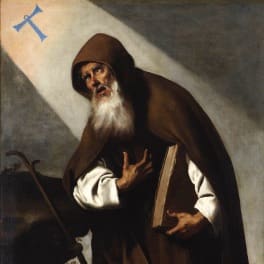
St. Anthony the Great
January 17
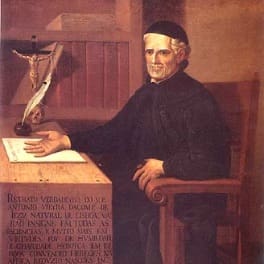
Fr Antonio Vieira
Not canonized
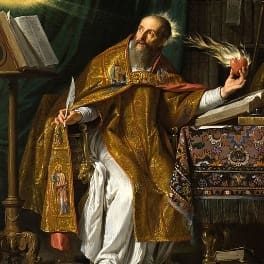
St. Augustine
August 28
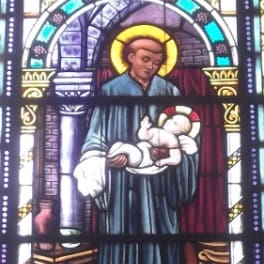
St Benedict the Moor
April 4
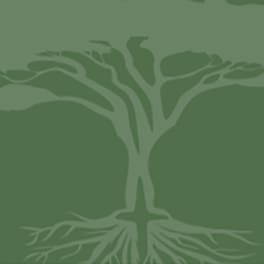
St Bessarion
June 17
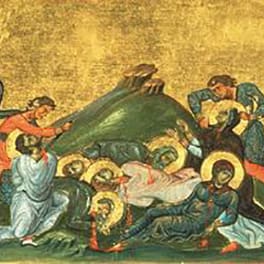
Sts Felicity & Perpetua
March 7
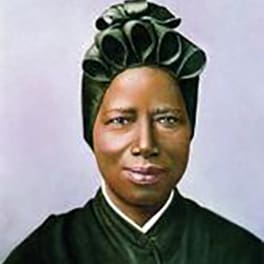
St Josephine Bakhita
February 8

St Katherine Drexel
March 3
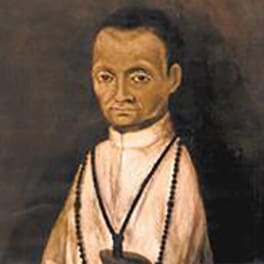
St Martin de Porres
November 3

St Monica
August 27
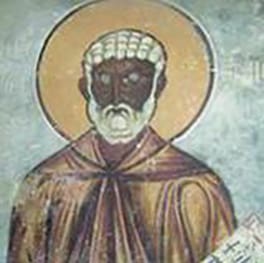
St Moses the Black
August 28
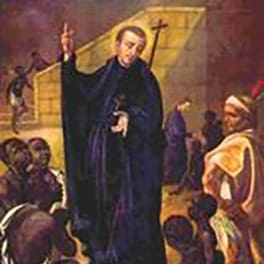
St Peter Claver
September 9

Sts Valentine & Dubatatius
November 17

St Victoria
February 12
BLACK AND AFRICAN popes
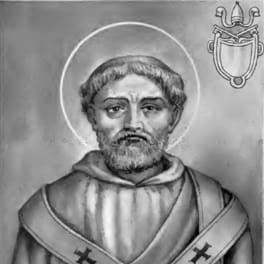
Pope Victor I
July 28
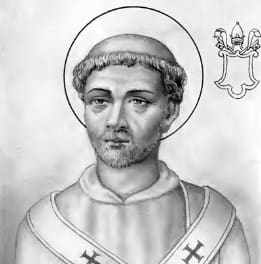
Pope Miltiades
December 10
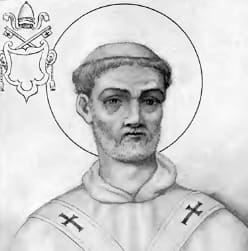
Pope Gelasius
November 21
The Canonization Process In Four Steps
Servant of God
A cause is presented to the Congregation for the Causes of Saints and it is accepted.
Venerable
After the cause is approved, the Congregation for the Causes of Saints declares that the person has lived the Christian virtues heroically.
Blessed
The Congregation recognizes that the person is in Heaven. This requires that a miracle has taken place through the intercession of that person. In most cases, the miracle is a healing.
Saint
After beatification, a second miracle is needed to declare someone a saint. After this, the Pope summons all the Cardinals of the Church and the date for the Canonization Ceremony of the saint is determined.
Handmaids of the Most Pure Heart of Mary
Our Timeline
Black Catholic History
Learn more about the history of Black Catholics and influential figures by following our timeline from colonial settlements to the present day.
Handmaids of the Most Pure Heart of Mary
